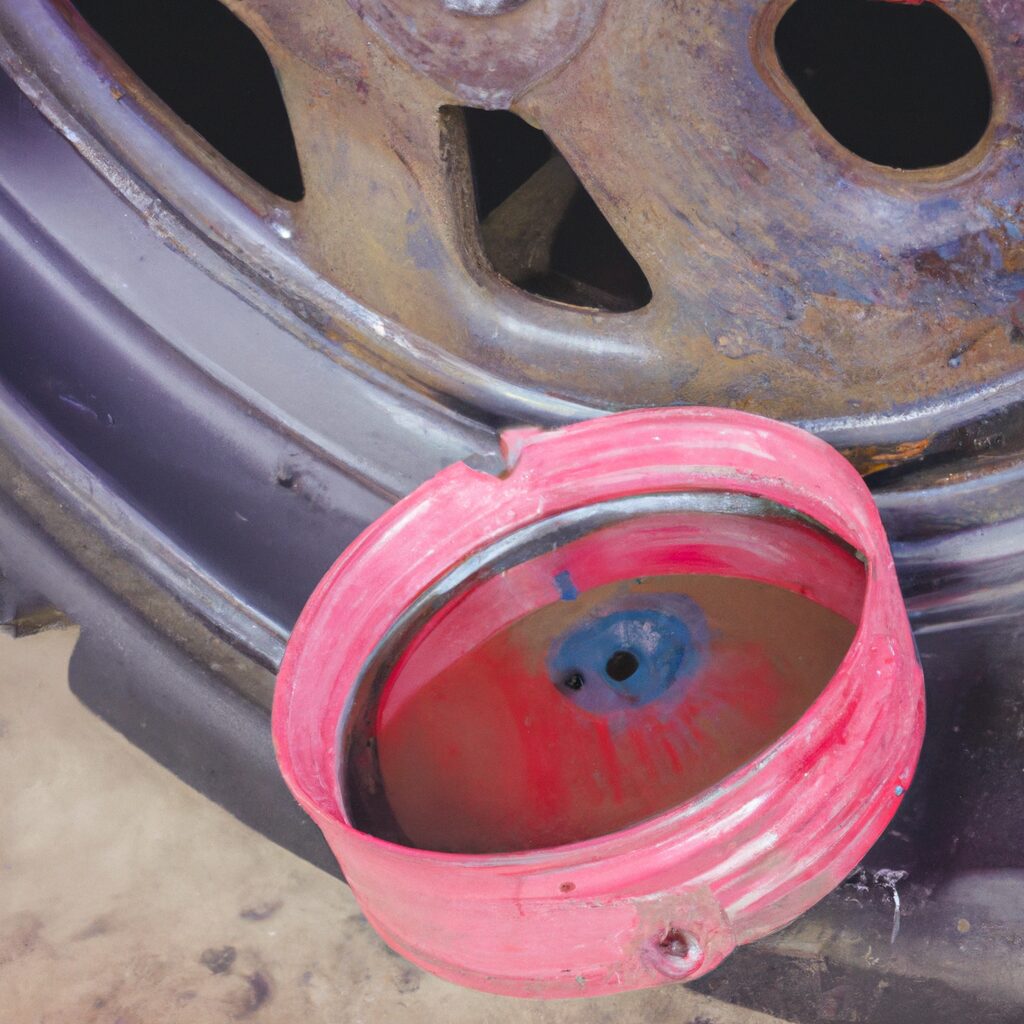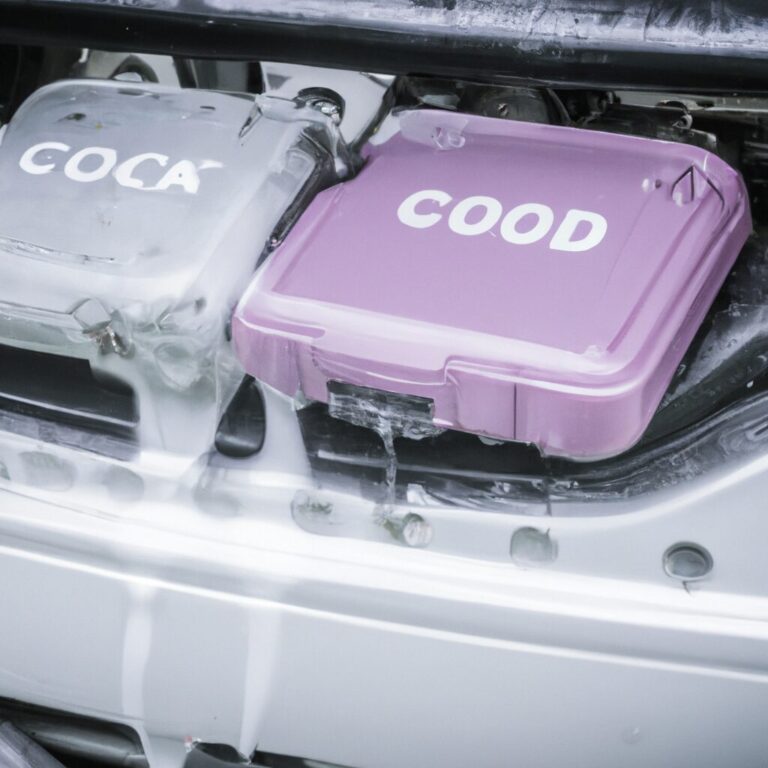what grease to use on brakes
Introduction
When it comes to brakes, the type of grease you use is very important. The wrong type of grease can cause damage to the brake system, leading to costly repairs. It is important to use the right type of grease to ensure that your brakes are working properly and safely. This guide will provide an overview of the different types of grease available and which type is best for your brakes.
What Grease Should You Use on Disc Brakes?
Disc brakes are a common feature on many modern vehicles, and they require regular maintenance to ensure they remain in good working order. One of the most important aspects of this maintenance is the use of the correct grease on the brake pads.
The type of grease used on disc brakes is typically a high-temperature, synthetic grease. This type of grease is designed to withstand the high temperatures generated by the friction between the brake pads and the rotors. It also helps to reduce the amount of noise generated by the brakes.
When applying the grease, it is important to use a thin layer on the brake pads. Too much grease can cause the brakes to become noisy and can also reduce the effectiveness of the brakes. It is also important to ensure that the grease is evenly distributed across the entire surface of the brake pads.
Finally, it is important to use a grease that is specifically designed for disc brakes. Many general-purpose greases are not suitable for use on disc brakes, as they may not be able to withstand the high temperatures generated by the brakes.
In conclusion, when it comes to greasing disc brakes, it is important to use a high-temperature, synthetic grease that is specifically designed for disc brakes. This will ensure that the brakes remain in good working order and that they are able to perform at their best.
What Grease Should You Use on Drum Brakes?
When it comes to lubricating drum brakes, it is important to use the correct grease. The best grease to use on drum brakes is a high-temperature, high-pressure grease. This type of grease is designed to withstand the extreme temperatures and pressures that are generated when the brakes are applied. It also helps to reduce friction and wear on the brake components.
When applying the grease, it is important to use a clean cloth or brush to ensure that all of the components are properly lubricated. It is also important to make sure that the grease is applied evenly and that it is not over-applied. Too much grease can cause the brakes to become sticky and can lead to premature wear.
It is also important to make sure that the grease is compatible with the brake components. Some greases are not suitable for use on certain types of brakes, so it is important to check the manufacturer’s instructions before applying the grease.
Finally, it is important to make sure that the grease is changed regularly. This will help to ensure that the brakes are properly lubricated and that they are functioning correctly.
How to Choose the Right Grease for Your Brakes
When it comes to maintaining your brakes, choosing the right grease is essential. The wrong grease can cause damage to your brakes, leading to costly repairs. To ensure your brakes are properly lubricated and functioning optimally, it is important to select the right grease for the job.
First, consider the type of brakes you have. Different brakes require different types of grease. For example, disc brakes require a high-temperature grease, while drum brakes require a low-temperature grease. It is important to select the grease that is specifically designed for your brakes.
Next, consider the environment in which your brakes will be operating. If you live in a wet or humid climate, you will need a grease that is designed to resist water and moisture. If you live in a dry climate, you will need a grease that is designed to resist dust and dirt.
Finally, consider the type of material your brakes are made of. Different materials require different types of grease. For example, aluminum brakes require a grease that is designed to resist corrosion, while steel brakes require a grease that is designed to resist wear and tear.
By taking the time to select the right grease for your brakes, you can ensure that your brakes are properly lubricated and functioning optimally. This will help to extend the life of your brakes and save you money in the long run.
The Benefits of Using High-Performance Grease on Brakes
High-performance grease is an important component of brake maintenance. It is designed to reduce friction and wear on brake components, resulting in improved braking performance and longer component life. The use of high-performance grease on brakes can provide a number of benefits, including improved braking performance, reduced wear and tear, and increased safety.
Improved Braking Performance: High-performance grease is designed to reduce friction between brake components, resulting in improved braking performance. This can be especially beneficial in wet or icy conditions, where the reduced friction can help to reduce the risk of skidding or sliding.
Reduced Wear and Tear: High-performance grease helps to reduce wear and tear on brake components, resulting in longer component life. This can help to reduce the need for costly repairs or replacements, saving money in the long run.
Increased Safety: The use of high-performance grease on brakes can help to reduce the risk of brake failure, which can be a major safety hazard. By reducing friction and wear on brake components, high-performance grease can help to ensure that brakes are functioning properly and safely.
Overall, the use of high-performance grease on brakes can provide a number of benefits, including improved braking performance, reduced wear and tear, and increased safety. It is important to use the correct type of grease for your vehicle, as using the wrong type can cause damage to brake components. If you are unsure which type of grease to use, it is best to consult a professional mechanic.
The Pros and Cons of Using Synthetic Grease on Brakes
Synthetic grease is a lubricant that is becoming increasingly popular for use on brakes. It is designed to provide superior lubrication and protection against wear and tear. While synthetic grease can offer many benefits, it is important to consider the pros and cons before using it on brakes.
Pros
Synthetic grease is designed to provide superior lubrication and protection against wear and tear. It is also designed to resist high temperatures, making it ideal for use on brakes. Synthetic grease is also more resistant to water and other contaminants, which can help to extend the life of the brakes. Additionally, synthetic grease is often more affordable than other types of lubricants.
Cons
Synthetic grease can be difficult to clean off of brakes, as it is designed to resist water and other contaminants. This can make it difficult to remove when it is time to replace the brakes. Additionally, synthetic grease can be difficult to apply, as it is thicker than other types of lubricants. This can make it difficult to evenly distribute the grease on the brakes.
In conclusion, synthetic grease can offer many benefits when used on brakes. However, it is important to consider the pros and cons before using it. If you decide to use synthetic grease on your brakes, it is important to ensure that it is applied correctly and that it is regularly checked for wear and tear.
How to Properly Apply Grease to Brakes
Applying grease to brakes is an important part of maintaining a vehicle. Properly applying grease to brakes can help ensure that the brakes are working correctly and safely. This article will provide a step-by-step guide on how to properly apply grease to brakes.
Step 1: Prepare the Vehicle
Before applying grease to the brakes, it is important to prepare the vehicle. This includes ensuring that the vehicle is parked on a level surface and that the parking brake is engaged. Additionally, the wheels should be blocked to prevent the vehicle from rolling.
Step 2: Remove the Brake Drum
The next step is to remove the brake drum. This can be done by loosening the lug nuts and then removing the wheel. Once the wheel is removed, the brake drum can be taken off.
Step 3: Clean the Brake Drum
Once the brake drum is removed, it should be cleaned. This can be done by using a wire brush to remove any dirt or debris that may be present.
Step 4: Apply Grease
Once the brake drum is clean, it is time to apply the grease. Grease should be applied to the brake shoes and the backing plate. It is important to ensure that the grease is evenly distributed.
Step 5: Reinstall the Brake Drum
Once the grease has been applied, the brake drum can be reinstalled. This can be done by reversing the steps used to remove the brake drum.
Step 6: Test the Brakes
Once the brake drum has been reinstalled, it is important to test the brakes. This can be done by slowly pressing the brake pedal and ensuring that the brakes are working correctly.
By following these steps, you can ensure that the brakes are properly greased and working correctly. It is important to remember that grease should be applied regularly to ensure that the brakes are working correctly and safely.
The Best Grease for Long-Term Brake Performance
When it comes to brake performance, the best grease for long-term performance is a high-temperature, synthetic grease. This type of grease is designed to withstand extreme temperatures and provide superior lubrication and protection for brake components. It is also resistant to water, dust, and other contaminants, making it ideal for use in brake systems.
High-temperature synthetic grease is designed to provide superior lubrication and protection for brake components. It is formulated to resist extreme temperatures, making it ideal for use in brake systems. It also has excellent water and dust resistance, which helps to keep brake components clean and free of contaminants. This type of grease is also designed to reduce wear and tear on brake components, helping to extend the life of the brakes.
In addition to providing superior lubrication and protection, high-temperature synthetic grease also helps to reduce brake noise. This is because it is designed to reduce friction between brake components, which helps to reduce the amount of noise generated when the brakes are applied.
When selecting a grease for long-term brake performance, it is important to choose one that is specifically designed for use in brake systems. This will ensure that the grease is able to withstand the extreme temperatures and provide superior lubrication and protection for brake components. It is also important to choose a grease that is resistant to water, dust, and other contaminants, as this will help to keep brake components clean and free of contaminants. Finally, it is important to select a grease that is designed to reduce brake noise, as this will help to reduce the amount of noise generated when the brakes are applied.
How to Maintain Your Brakes with the Right Grease
Maintaining your brakes is an important part of keeping your vehicle in good working order. The right grease can help ensure that your brakes are functioning properly and safely. Here are some tips for maintaining your brakes with the right grease.
First, it is important to choose the right type of grease for your brakes. Different types of brakes require different types of grease. For example, disc brakes require a high-temperature grease, while drum brakes require a low-temperature grease. It is important to consult your vehicle’s owner’s manual or a qualified mechanic to determine the correct type of grease for your brakes.
Once you have chosen the right type of grease, it is important to apply it correctly. Before applying the grease, make sure to clean the brake components thoroughly. This will help ensure that the grease is applied evenly and that it adheres properly. When applying the grease, use a clean cloth or brush to spread it evenly over the brake components.
Finally, it is important to check the grease regularly. Over time, the grease can become contaminated or worn down, which can affect the performance of your brakes. Make sure to check the grease every few months and replace it if necessary.
By following these tips, you can help ensure that your brakes are functioning properly and safely. With the right grease and regular maintenance, you can keep your brakes in good working order for years to come.
Q&A
1. What type of grease should I use on my brakes?
High-temperature brake grease is the best choice for lubricating brake components. It is designed to withstand the high temperatures generated by braking and is resistant to water, dust, and other contaminants.
2. Is it safe to use regular grease on brakes?
No, regular grease is not designed to withstand the high temperatures generated by braking and can cause damage to the brake components.
3. What are the benefits of using high-temperature brake grease?
High-temperature brake grease is designed to withstand the high temperatures generated by braking and is resistant to water, dust, and other contaminants. It also helps to reduce friction and wear on brake components, which can help to extend the life of the brakes.
4. How often should I apply brake grease?
It is recommended to apply brake grease every time you service your brakes. This will help to ensure that the brakes are properly lubricated and functioning optimally.
5. Is it safe to use synthetic grease on brakes?
Yes, synthetic grease is safe to use on brakes. It is designed to withstand the high temperatures generated by braking and is resistant to water, dust, and other contaminants.
6. Can I use grease on my brake pads?
No, grease should not be used on brake pads as it can cause the pads to become slippery and reduce their effectiveness.
7. Is it safe to use white lithium grease on brakes?
Yes, white lithium grease is safe to use on brakes. It is designed to withstand the high temperatures generated by braking and is resistant to water, dust, and other contaminants.
8. What is the best way to apply brake grease?
The best way to apply brake grease is to use a grease gun. This will ensure that the grease is evenly distributed and that it is applied in the correct amount.
Conclusion
In conclusion, the best grease to use on brakes is a high-temperature, high-pressure grease that is specifically designed for brake systems. This type of grease is designed to withstand the extreme temperatures and pressures that brakes are subjected to, and it will help to ensure that your brakes are working properly and safely.



